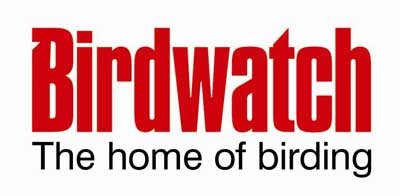 Continued loss of urban green space could be very bad news for
Continued loss of urban green space could be very bad news for One of the key revelations was that when traditional suburban housing starts being replaced with continuous development (that is, new buildings without gardens), House Sparrow density falls rapidly. For example, when an area of flats exceeds that of houses with gardens, the House Sparrow density drops to a very low level and sparrows will probably disappear from the locale.
Even a relatively small loss of private gardens has large effects on sparrow abundance, and continued loss of private gardens within urban landscapes could have serious consequences for the House Sparrow population. Gardens are likely to be important foraging habitats and also provide the habitat structure, in particular low bushes, favoured by sparrows.
Allotments were also key habitats, holding some of the highest sparrow densities. The evidence suggested that this habitat is more important for feeding than for breeding. Allotments may provide good foraging opportunities due to the diversity of the habitat, not just in the sense of what is cultivated but also more generally, with abandoned allotments likely to provide rich sources of both invertebrates and weed seeds.
Allotments and residential areas with gardens are likely to be under pressure due to increased demand for housing, specifically from infilling of green space within urban areas – for example, gardens of large private houses and Victorian terraces sold off for building flats, and local authorities selling allotments and other amenity green space for property development.
The BTO’s Dr Dan Chamberlain commented: “These results suggest that how we plan our urban housing could be crucial for the fortunes of species such as the House Sparrow. Given that it is planned that three million homes should be built in
More than 1,000 volunteers walked the streets of British towns and villages to count chirping House Sparrows as part of the BTO's special survey of the species. They were asked to walk along pavements within built up areas and to visit parks and allotments. They counted and mapped all of the sparrows that they saw and heard, with particular attention being paid to chirping male sparrows, declaring ownership of territories.
Photo: male House Sparrow by Steve Young (www.birdsonfilm.com)

